Pythagoras and Renaissance Europe
Christiane L. Joost-Gaugier offers the first systematic study of Pythagoras and his influence on mathematics, astronomy, philosophy, religion, medicine, music, the occult, and social life - as well as on architecture and art - in the late medieval and early modern eras. Following the threads of admiration for this ancient Greek sage from the fourteenth century to Kepler and Galileo in the seventeenth, this book demonstrates that Pythagoras's influence in intellectual circles - Christian, Jewish, and Arab - was more widespread than has previously been acknowledged. Joost-Gaugier shows how this admiration was reflected in ideas that were applied to the visual arts by a number of well known architects and artists who sought, through the use of a visual language inspired by the memory of Pythagoras, to obtain perfect harmony in their creations. Among these were Alberti, Bramante, Leonardo da Vinci, Michelangelo, and Raphael.
- A new way of looking at the history of art and architecture
- Shows how the Renaissance world integrated science and art
- Profuse illustrations
Reviews & endorsements
"… a beautiful job. Exceedingly well-written and entertaining, as well as informative. I don't know of anyone who has … come up with such a complete and rounded set of materials on Pythagoras. It was a brilliant idea, and [the] text is intelligent, learned and brilliant."
George L. Hersey, Yale University
"The broad scholarship in this study commands respect, and the author's comprehensive approach to Renaissance thought and art deserves admiration."
Asaph Ben-Tov, Sixteenth Century Journal
"… [a] wide-ranging, well-written study …"
Michael J. B. Allen, Renaissance Quarterly
"… an impressive annotated bibliography of Renaissance Pythagoreanism, with a good index, very suitable for canvassing this broad and confusing field quickly and easily."
The Mathematical Intelligencer
Product details
August 2014Paperback
9781107415232
331 pages
247 × 169 × 17 mm
0.68kg
65 b/w illus.
Available
Table of Contents
- Part I. Pythagoras, Man for the Renaissance:
- 1. Prologue: the diffusion of knowledge about Pythagoras in the Renaissance
- 2. The emergence of 'Saint' Pythagoras in the early Renaissance
- 3. The apotheosis of Pythagoras in the sixteenth century
- Part II. The Many Faces of Renaissance Pythagoreanism:
- 4. The Pythagorean tradition in the early fifteenth century
- 5. The strengthening and deepening of Pythgoreanism in the later fifteenth century
- 6. The maturation and vicissitudes of Pythagoreanism in the sixteenth century
- Part III. Pythagoreanism in Architecture and Art:
- 7. Renaissance images of Pythagoras
- 8. The search for harmony in architecture and art of the fifteenth century
- 9. Finding harmony: form and meaning in architecture and art of the sixteenth century
- 10. Conclusions: the prince of Italian philosophy and the birth of harmony as an aesthetic notion.

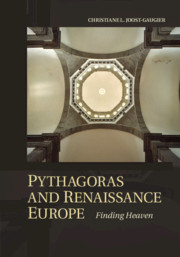
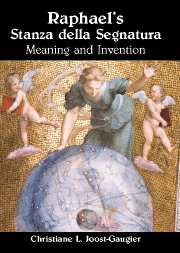
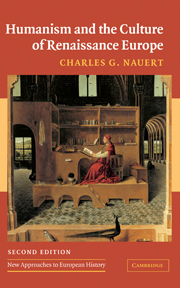
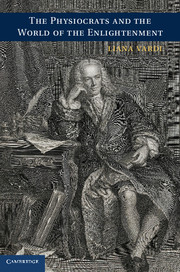
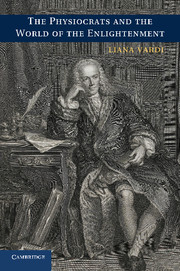

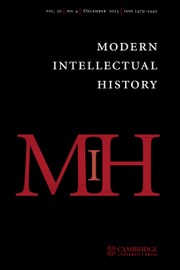
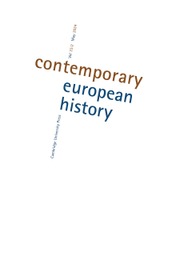
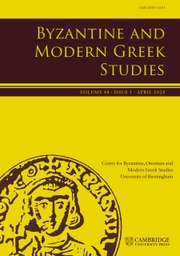
.jpg)